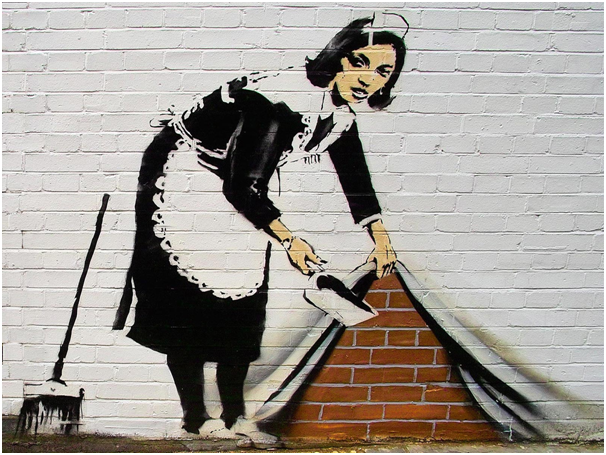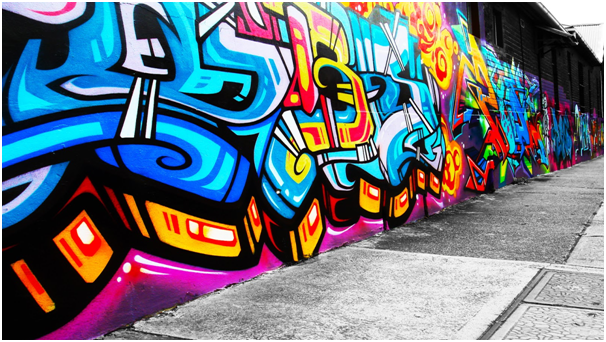Whether you consider it a form of street art or an act of vandalism, chances are if you have graffiti on your home or business building, you would rather it wasn’t there. It lowers the tone of an area and can look ugly and for most people, is a hassle they would rather live without.
It’s a popular debate that’s been raging for several decades. Does graffiti represent a neighbourhood in decline or an important means of identity and communication? It could well depend on the type of graffiti. There is little doubt that the work of the infamous and mysterious Banksy can be considered artful enough to be classed as ‘street art’ but what about tagging? A recent collection of work by Banksy sold for £400,000 and similar work by Russian street artist, Pavel 183 have also sold for hundreds of thousands.

Many people feel graffiti makes an area look rundown and dirty, somewhere visitors don’t feel welcome and people don’t want to shop. Others argue that even done well, graffiti still makes buildings look awful and older, listed buildings can be damaged by such activity. The argument also exists that graffiti is illegal and nobody, not even Banksy, should be able to deface private or public property. It’s criminal damage, plain and simple.
The cost and effort of cleaning graffiti is another reason why people dislike it. Local authorities, private businesses and individuals have to foot the bill for cleaning up the mess left behind from spray paint. If you could use the services of a Masonry cleaning company, visit Masonry cleaning services
What about those arguments that say some graffiti is acceptable? On some rare occasions, graffiti can turn a dull concrete wall into a bright, colourful work of art. If it is artfully and skilfully done and is used to cover up an existing eyesore, then graffiti can sometimes enhance the appeal and look of an area. A neglected building can be used instead to create a new environment, full of potential and fresh energy.

Sometimes graffiti can be in the form of a mural decorating the side of a youth club or community centre, in which case it reflects youthful creativity and opportunity for local residents to engage in an artistic activity. Everyone can appreciate a picture done well, but when someone has just tagged with spray paint – what’s attractive about that? Other forms of unwanted graffiti include rude pictures, swear words and pointless, misspelled phrases.
Satirical comments about society or humour and irony can often be tolerated dependent on their location. Sometimes a piece of graffiti can be an important form of self-expression for those marginalised in society and can represent a powerful message. These are usually the exceptions to the rules however, with the majority of graffiti being a costly nuisance for property owners.
